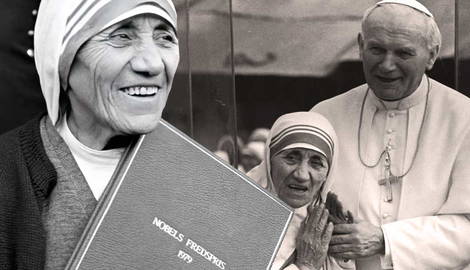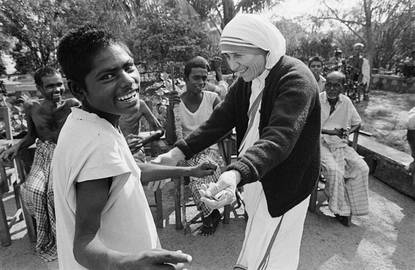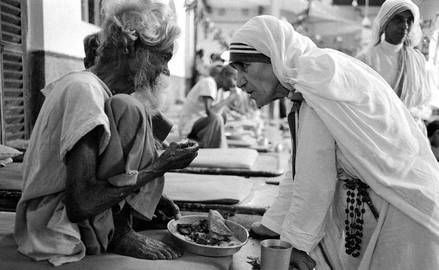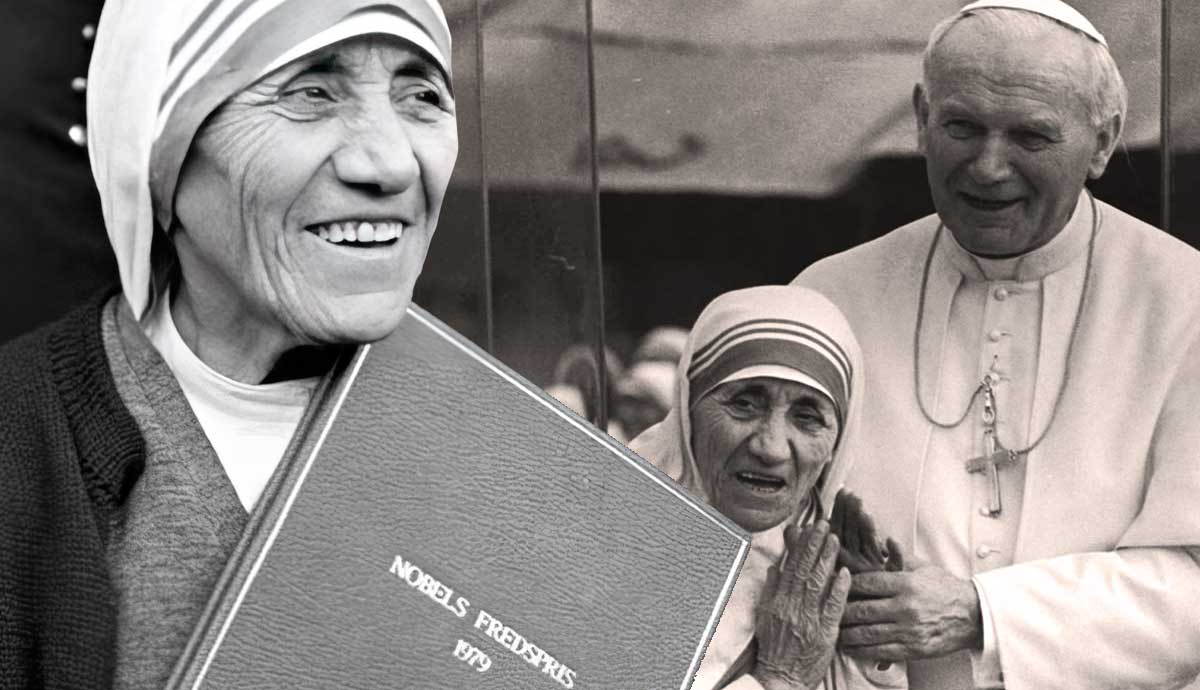
Mother Teresa is widely recognized today for her charitable work; through the Order of Missionaries she offered help to the ill, the poor, the starving and the dying. Among her hundreds of achievements and accolades are a Nobel Peace Prize in 1979, and the canonization into sainthood by Pope Francis in 2016. Yet since the 1990s she has also been a polemical figure, facing criticism for the validity of her values and her charity. We take a closer look at the life of this notable and controversial public figure with a series of surprising facts about Mother Teresa’s life and work.
Mother Teresa Had Multiple Nationalities

While much of Mother Teresa’s charitable work began in India, she considered herself to have multiple nationalities. Her family was of Albanian descent, and she was born in Anjeze Gonxhe Bojaxhiu in Skopje, which, at the time of her birth, was in the Ottoman Empire in 1910. Following her charitable work in India, she adopted Indian citizenship. When asked to describe her nationality, she said, “By blood, I am Albanian. By citizenship, I am Indian. By faith, I am a Catholic nun. As to my calling, I belong to the world. As to my heart, I belong entirely to the heart of Jesus.”
Mother Teresa Devoted Her Life to Religion from the Age of Just 12

Mother Teresa’s Biblical calling came early – she had already decided to devote her life to God from the tender age of 12. Having been raised in a devout Catholic home, and witnessed her mother’s acts of kindness to those less fortunate, Mother Teresa chose to dedicate her life to helping others, led by the strength of her Catholic faith.
After Leaving Home at 18, She Never Saw Her Mother Again
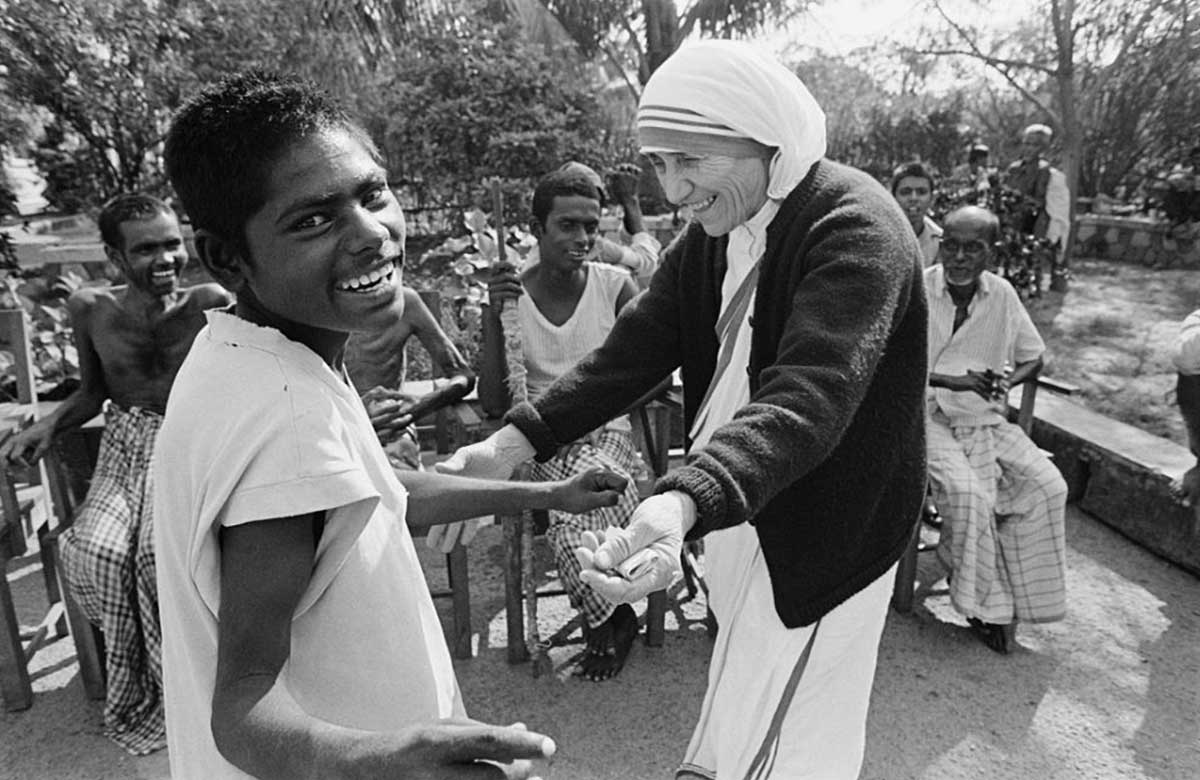
Mother Teresa left her family home in Skopje at the age of 18 to join the Sisters of Loretto, an Irish community of nuns, who sent missionaries to India. She trained for several months in Ireland, before being sent to India to carry out teaching work in an impoverished community. Sadly, this meant she never saw her mother, or her sisters ever again.
In Her First Teaching Job Mother Teresa Had Few Supplies
During her first missionary post at St Mary’s High School in Calcutta, Mother Teresa was tasked with teaching young children. However, she was given no supplies or equipment. Instead, she taught her pupils by writing in the mud with wooden sticks, making use of what little resources she could get her hands on.
She Once Had to Beg for Food
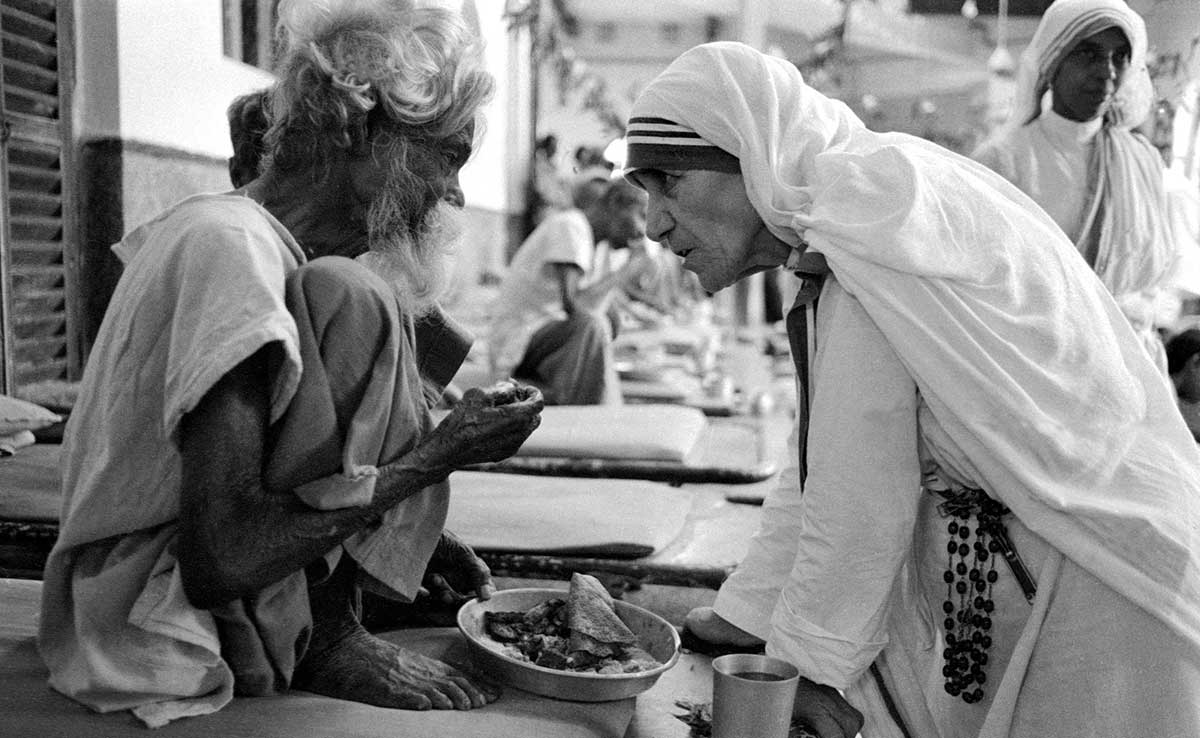
During her early missionary work in India Mother Teresa had no income and little access to food. This meant she was constantly hungry, and was forced to beg for food from strangers on the street. The experience gave her a first-hand understanding of the suffering experienced by the many poor, destitute and dying people who slept rough on the streets of India.
She Has Received More Than 120 Honors and Awards

Mother Teresa has been awarded more than 120 different accolades and awards, some during her lifetime, and others after. These include the Padma Shri in 1962, the Ramon Magsaysay Peace Prize in 1962, the Jawaharlal Nehru Award for International Understanding in 1969, the Pope John XXIII Peace Prize in 1971, the Pacem in Terris Award in 1976, and the Nobel Peace Prize in 1979.
Mother Teresa Has Faced Judgements and Criticisms

Like many high-profile public figures, Mother Teresa has often faced judgements and criticisms. Some have accused her of glorifying a life of poverty by relating it to the suffering of Christ. Others have called her a religious Evangelist whose main intention was to promote her dogmatic spiritual views, particularly in reference to hot topics including abortion, divorce and contraception. The harshest critics have even accused her of deliberately keeping the poor in a deprived state inside her institutions, with a 1994 documentary by Christopher Hitchens and Tariq Ali titled Hell’s Angel calling her an “ally of the status-quo.” Meanwhile, her charity has faced accusations of financial mismanagement and the misuse of funds. Opinions are still divided on Mother Teresa today, but there is no denying that she was a public figure of great power, persuasion, and influence.
